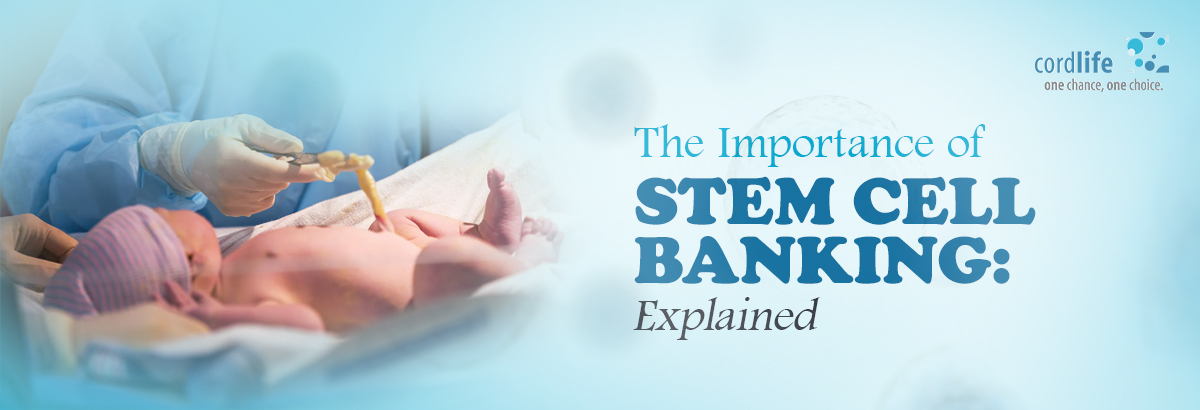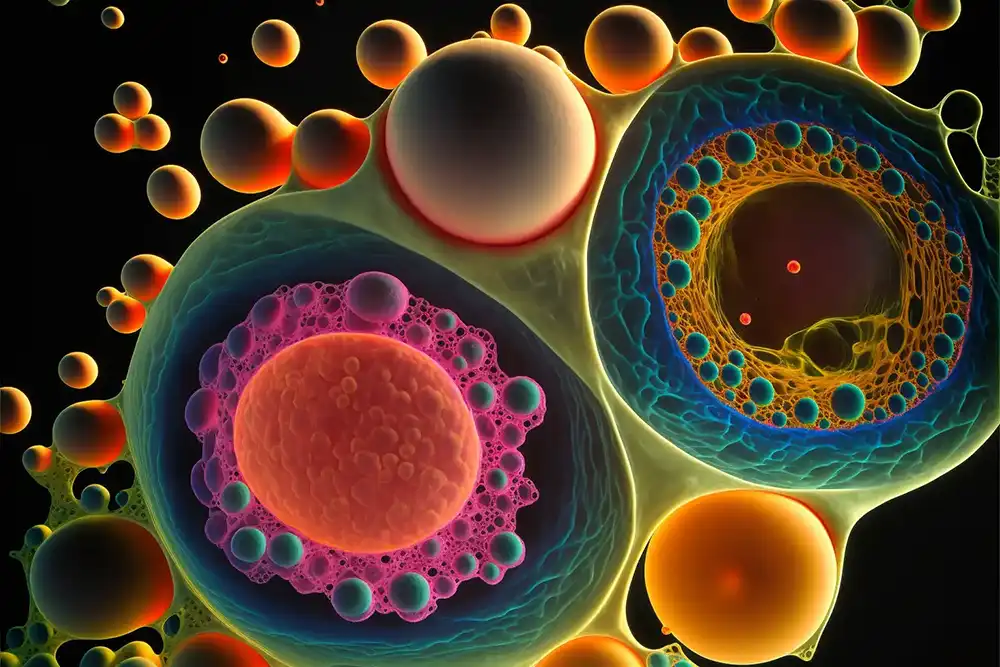Table of Contents
A birth marks a new beginning for the baby and the parents. It is also an opportunity to ensure a lifetime of medical security for the baby and the entire family, which means Stem cell banking. With the ability to regenerate healthy blood and immune systems, stem cells have the potential to develop into specialised cells like blood cells, brain cells, and muscle cells, enabling personalised treatments. This blog will explore the significance of stem cell banking in today’s world.
What are Stem Cells?
Stem cells are distinctive by virtue of their ability to self-renew, which means they can create more stem cells. They can additionally develop into various cell forms through a process called differentiation. You can find stem cells in almost every part of the body. One of the key sources of stem cells is newborns’ umbilical cord blood. It is collected immediately after birth. Stem cells from cord blood rarely carry any infectious diseases and are not likely to be rejected, unlike adult stem cells. This makes stem cells flexible enough to treat diseases that were heretofore considered incurable.
Hematopoietic stem cell transplants are vital for people with blood cancer, genetic disorders, blood diseases, and some immune system problems that weaken the body’s defences.
What is Stem Cell Banking?
Stem cell banking, also known as cord blood banking, involves a systematic procedure of registration and enrollment in advance. On the day of the delivery, a trained technician from the stem cell bank collects the cord blood as soon as the baby is born. This sample is collected in a sterilised bag and promptly transported to the cord blood bank’s laboratory, where it undergoes thorough quality checks and extensive testing. The sample is then processed to isolate and minimise the number of stem cells. Finally, the processed cord blood, which now contains viable stem cells, is frozen at a controlled rate using liquid nitrogen in the vapour phase at a temperature of around -196 degrees Celsius. These securely preserved stem cells can be used for both autologous and allogeneic transplants years later.
Cordlife has excellent facilities dedicated to long-term storage of over 6 lakh stem cell samples, offering families a ready source of a potentially life-saving resource while minimising the risk of Graft-versus-host disease. Stem cell banking involves the collection, safe storage, and prompt delivery of stem cell samples to the family when needed.
Why should Stem Cells be Banked?
The Benefits of stem cell preservation for newborns are that these cells can self-renew, thus enabling them to repair or replace damaged cells. They offer the baby and their immediate family proper treatment and potential cure from over 80 diseases.
The ongoing, extensive research in the field of regenerative medicine has helped explore the potential of stem cells to treat various diseases and even injuries. The importance of stem cells for future treatments has seen a steep rise based on this research. Hence, securing the newborn’s future health with cord blood banking is prudent beyond doubt.
Advantages of Stem Cell Banking
One of the advantages of umbilical cord blood banking is that this system offers a ready resource to secure against future medical emergencies.
Long-term Viability
There are Long-term benefits of cord blood storage; it can be stored for over 20 years, thus providing lifelong medical relief for the individual and their family.
Compatibility
Stem cells are employed to treat the baby, their siblings, parents and even grandparents. This is how stem cell banking secures your child’s future alongside the entire family’s health.
Conclusion
Stored stem cells have various uses, serving as both a treatment for diseases and a tool for understanding disease mechanisms, ultimately leading to better medical outcomes. Secure your baby’s cord blood stem cells with us now.



